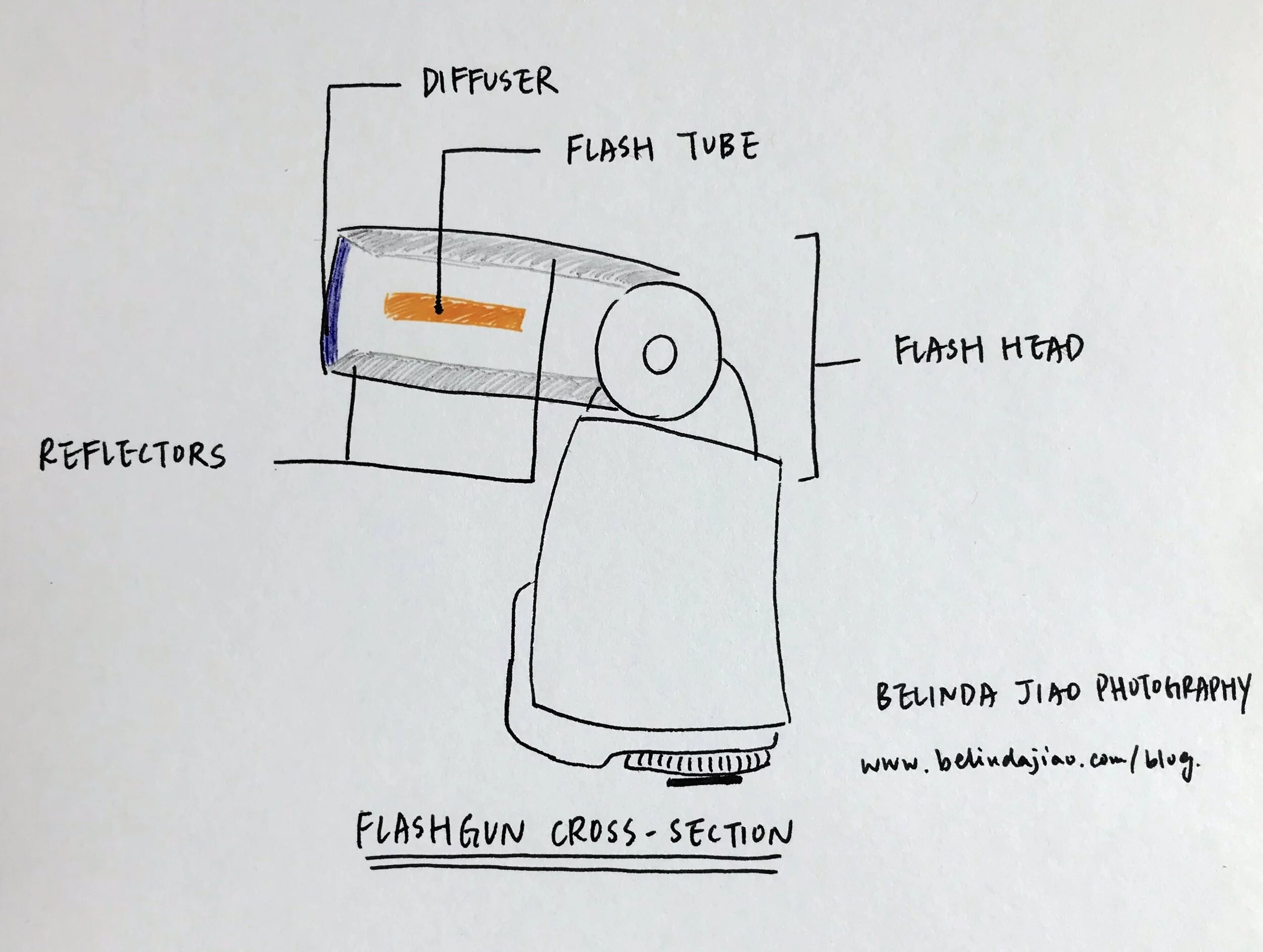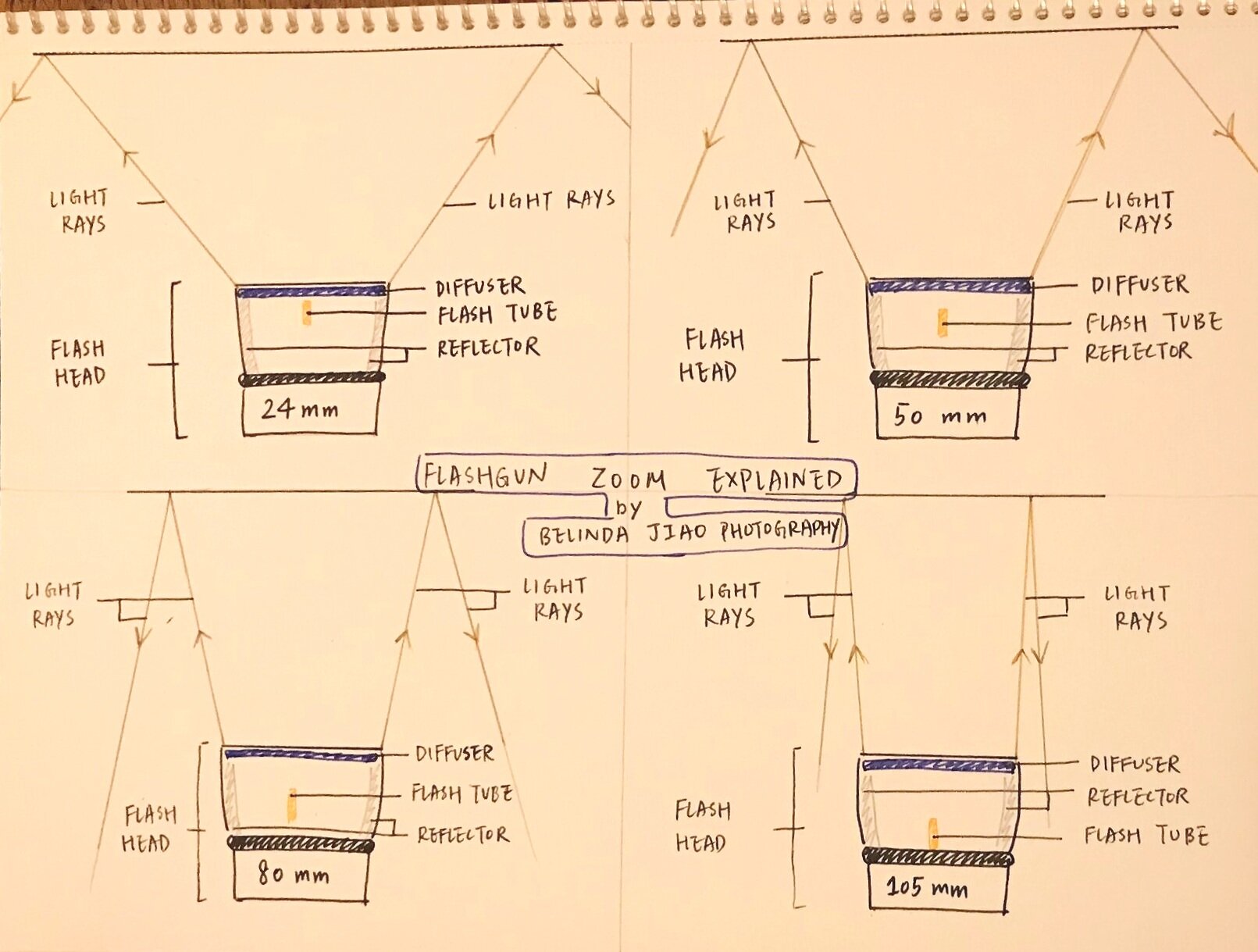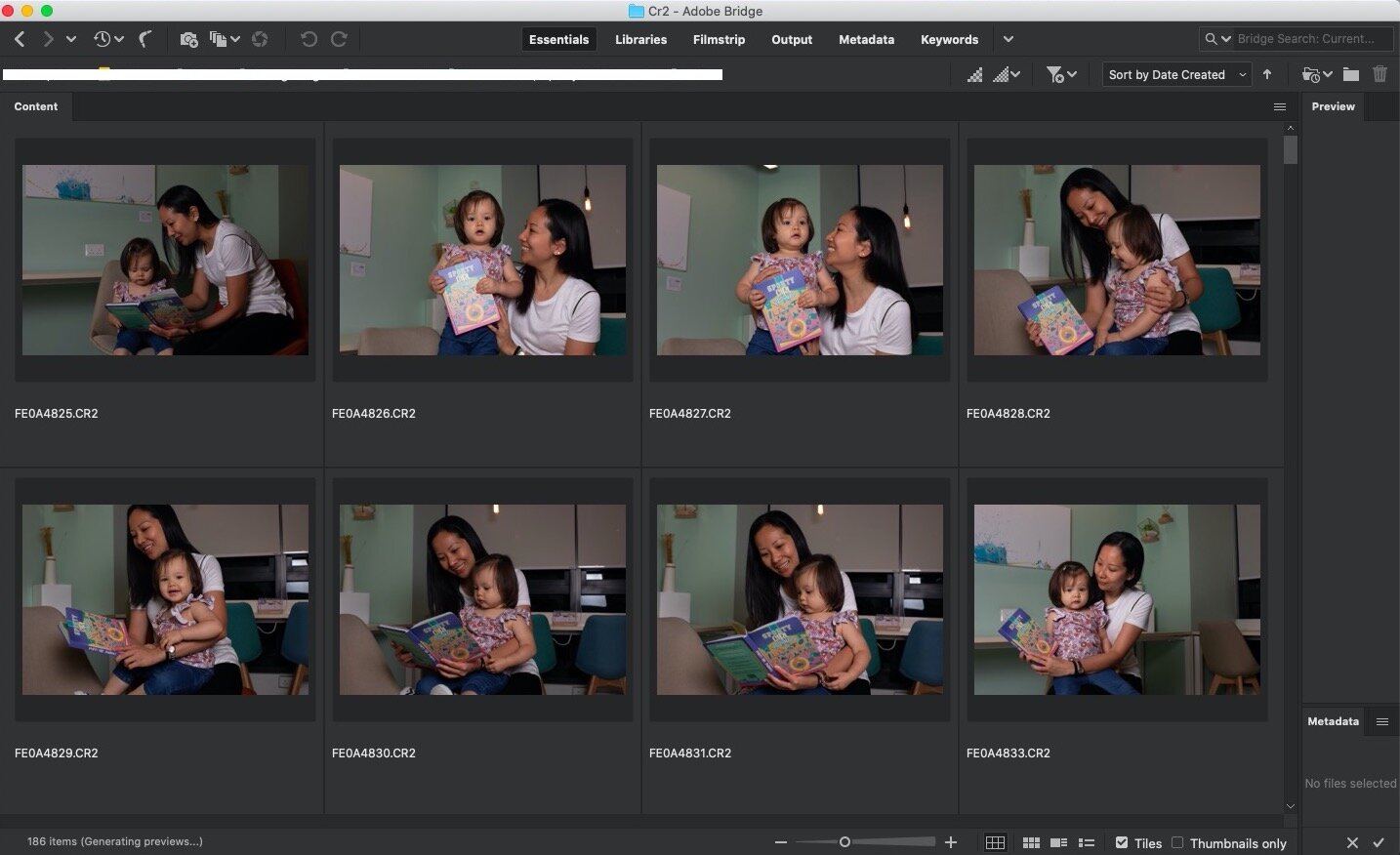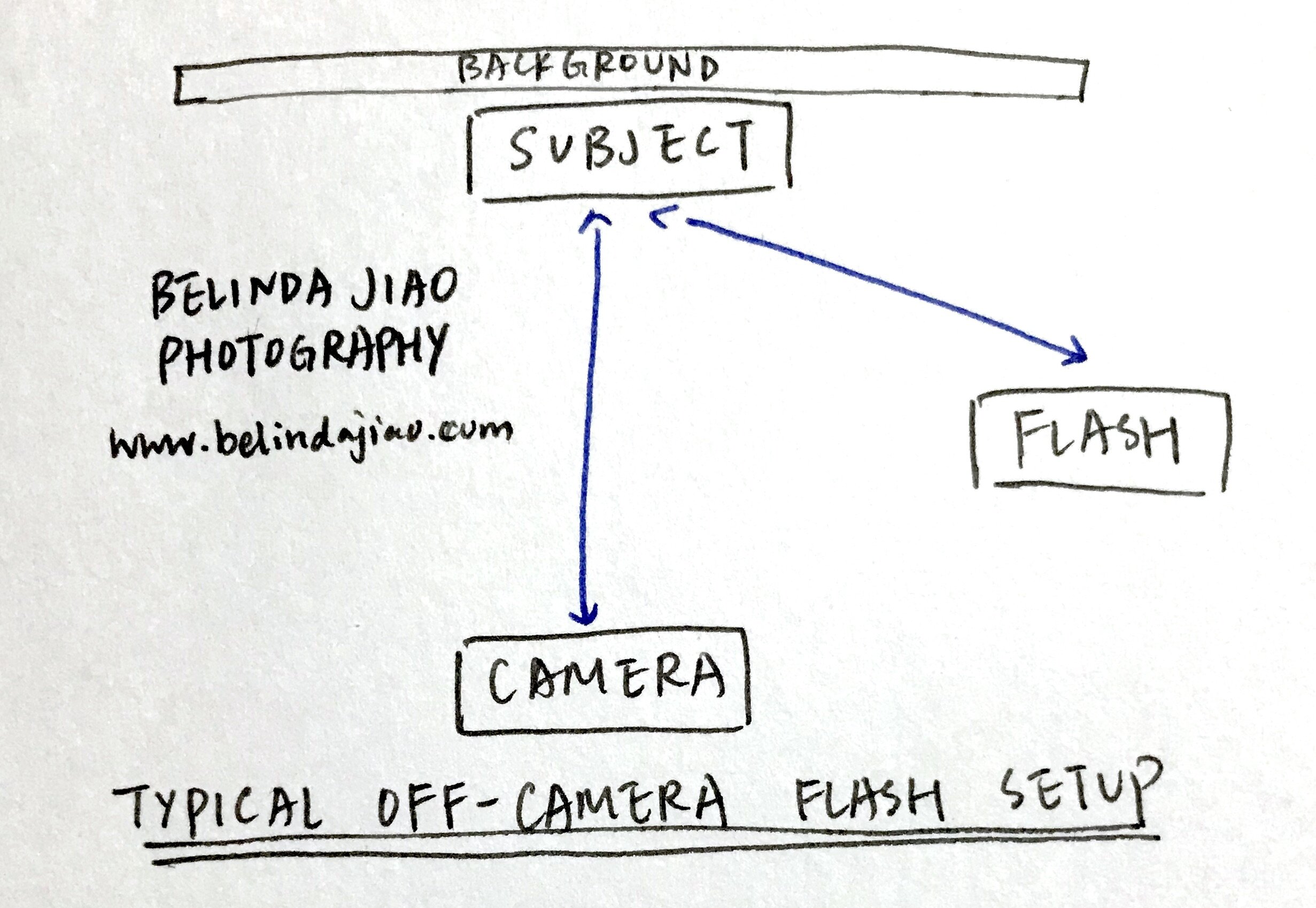Most flash lights allow photographers to adjust the focal length manually. It is not immediately apparent why you would want to use the zoom function on your flash, and how you should decide what focal length to set your flash to.
This article will walk you through the basic internal structure of the flashgun, which explains the mechanism behind the flash zoom. We will then examine why is it an important function, which guides you to decide on the appropriate focal length to use in your photography. Lastly, we will explore if the focal length would sync along the lens while taken off-camera in TTL mode.
The zoom function is built to save flash power when shooting close-up frames, to maintain a higher level of flash performance overall. It also makes possible creative decisions that result in dramatic lighting with high contrast. Under most circumstances, you should keep your flash zoomed to the same focal length as your lens, except in creative photography in which you have more room for experimentation.
If you find this helpful, SUBSCRIBE to my channel via the box on the left to make the most out of my blog! Also, do share it with people who might be interested. Shoot me an email/ DM to share your thoughts too.
Also, Pin this article to your Photography Techniques/ Camera & Gear boards in Pinterest if you find it helpful!
For a visual guide on the speedlite zoom basics, watch this video.
Throughout both this article and the video, the flash used is the YungNuo YN560ii, which has been discontinued and replaced by the YongNuo YN560 IV. Check out its latest price on Amazon via the link.
How does the Flash Zoom Work?
Let’s take a look at the inner workings of the flashgun, because this helps us understand the concept of zooming in practice. Here is a simplified illustration I created of the mechanism of modern flash lights.
The flash tube is what ultimately produces the burst of light. It is an elongated structure held inside the flash head, which interior is covered with a silver layer. Since a considerable amount of light is produced at the inner end of the tube, this layer serves as reflectors to reflect as much light as possible back to the subject. The light then passes through the diffuser layer, finally before it leaves the flash head.
Specifically about the flash tube, it is capable of shifting its position to and fro the subject inside the flash head. The result of this shift is that it creates a different spread of lighting output.
As demonstrated by the animation in the video, the closer the flash tube is to the diffuser, the wider the angle of the resulting light. Below is a static comparison of the angle spread at four sample focal lengths.
What does the Flashlight’s Focal Length Mean?
Lenses have focal lengths, but flashes do not. So what does the focal length represent on your flashlight?
As the flash tube moves to and fro your subject inside the flash head, it varies the angle of the spreading of the resulting flash light. The number is just a proxy that tells you how wide that light is spread, riding on the concept of the 'angle of view’ in relation to lenses. For instance, a flash set to 24mm will produce light that covers a field of vision of a 24mm lens. The zooming mechanism of a flash per se has nothing to do with focal lengths; instead, it is about modifying the diffusion of the light, just adopting the naming convention of lenses for convenience.
Thus, as with how it works with lenses, the lower the focal length as displayed on the flash, the wider the angle of view.
Why Use the Zoom function on an External flash?
The zoom function exists for primarily two reasons; one practical, the other artistic.
Practically speaking, it maintains a better flash performance by allowing the photographer to use the lowest necessary power of flash based on what is in frame. When the lens is zoomed in, the angle of view decreases and flash light falling outside of that angle is wasted. From an artistic standpoint, it allows the photographer to create an effect similar to using a snoot. While the lens is zoomed out to include a wide environment, a zoomed-in flash concentrates the light onto the subject, creating a dramatic fall-off effect.
Let’s examine at each function in greater detail.
Maintains Flash Performance
This applies to situations in which the lens is zoomed in. Being able to adjust the zoom on the flash according to the focal length on the lens saves up power consumed in the flash, hence lowering the time required for the flash to restore itself to the optimal power, and lowering the likelihood of underexposed shots. Of course, your battery runs out slower too.
When the lens is zoomed in, the physical area that remains in frame decreases. If the flash remains zoomed out, thus covering a physical area wider than what is included in frame, this leads to a massive waste of power because the flash is lighting up areas that aren’t in frame anyway.
By zooming the flash in accordance to the lens, the light fired becomes more concentrated. It covers only the smaller physical area, which is all the photographer needs. Because of the increased concentration, we can maintain the intensity of the light on our subject while decreasing the power consumed. This can be done via automated calculations (in TTL mode, which stands for through-the-lens mode), or settings entered by the photographer (in manual modes).
This also explains why when you shoot consecutive frames, your flash light seems to get dimmer and dimmer, and even not flash at all. This is because you were firing shots without allowing sufficient time for the flash to fully restore the required power. If you keep doing this, at some point the remaining power wouldn’t even produce any light at all.
This was a shoot where I had to photograph young kids - we had a hard time settling the kid, and so I had to keep snapping to max the chance of getting decent photos of the pair reading the book.
As a result, I couldn’t wait for the flash to fully recycle before firing another shot. And from the contact sheet, you can clearly observe that from the second shot onwards all the way till the 7th, the output of the flash was diminishing, The 8th frame was shot after I moved the furniture around, and so the flash had more time than enough to restore itself back to optimal power.
The set up used to create the images above included a speedlite (currently the YongNuo YN560 IV), a square softbox (Godox 80cm with S-2 Bowens Mount Kit) held by a light stand (Phoenix Padat Carbon Fibre Light Stand). The flash was taken off-camera and fired in sync with the shutter, by attaching flash triggers (Yongnuo Wireless Shutter Release & Flash Trigger for Canon), one onto the camera hot shoe, another to the flash cold shoe.Refer to Amazon for their latest prices, links attached.
To sum up, zooming your flash in sync with your lens allows you to achieve the optimal brightness required with less power. Firstly, this slows down the consumption of battery and secondly, it also shortens the time taken for the flashgun to recycle itself, thus enabling you to take properly exposed shots within a shorter period of time.
Creates Dramatic Lighting Effect
This applies when the photographer is getting a somewhat wide shot, involving the subjects and some background.
Here is an example of what this effect looks like.
When the flash is zoomed in, the light is concentrated in a tighter area, usually the subject. Less light reaches the surroundings, resulting in a dramatic contrast between the subject and the background.
And because the lens is zoomed out, relative to the flash, it captures the darker areas in the background in frame. Playing around with the orientation of the flash head could yield interesting results, by giving your creativity a stretch.
An alternative scenario is one in which you are lighting up the background with another colour of light, and only want to light up the subject using the flash. By limiting the angle of the flash, you ensure that it is not going to spill onto the background and create a mess of colours there.
The lens then captures both the colours in the background, and the subject lighted up by the flash.
What Flash Zoom Focal Length should you Use?
Under most circumstances, the zoom function on your flash should be kept in sync with your lens focal length for practical reasons. In other words, match the zoom focal length with that of your lens, unless you are shooting creatively and hoping to achieve artistic results as we have seen above.
The most typical situations in which you shoot using a flashlight include weddings, events or any other occasions in which you will have to move around quite a bit with your camera (if you didn’t have to move, you would probably opt for studio strobes instead). These situations typically require the photographer to deliver shots of important groups or committees and capture critical moments.
As the photographer, your job primarily is to make sure that every person in the important group shots are well-lit - and not just their faces, but their (upper, at least) bodies as well. Also, you can’t afford missing a shot of a key part of the agenda because the flash was not evenly fired across the entire frame.
Creative shoots are the exception, in which you will be able to take more time to get your settings ready, and that you can always redo the shot until you get what you are happy with. In this case, you would want to experiment with the suitable focal length on your flash based on the size of your subject, and the distance between the flash and the subject.
Does the Flash Focal Length Sync with that of the Lens when Used Off-Camera in TTL Mode?
No, the short answer is, no.
The flash will only be able to detect the focal length on the lens when mounted directly on top of the camera. Once it is taken off camera, the information relating to the focal length on the lens does not get transmitted. You will need to adjust the flash zoom manually.
However, this is seldom a problem because logically, you will have to adjust the zoom on the flash manually anyway. If you take it off camera, the flash is no longer on axis with the lens, and probably stands at a distance from the subject different from that between the subject and the lens, depending on your set up. There is little correlation between the focal length and the reading of the flash focal length.
For your reference, this how things usually look on set, with a flash positioned at an angle relative to the camera axis. This explains why it is seldom meaningful anymore to attach the flash zoom focal length to that of the lens, because the flash is no longer at the same spot as the camera, relative to the subject.
So indeed you can’t sync the flash focal length with the lens when taken off-camera in TTL mode, but for good reasons.
Summary
In this article, we talked about:
How a flash light works,
What does the focal length on a flash light represent,
Why would you use the zoom function on your flash light,
What focal length should you set your flash light to, and
Whether an off-camera flash in TTL mode would sync to the focal length of the lens.
More sharing coming soon!
SUBSCRIBE via the box on the left for more PRO tips, and follow me on Instagram (@_bjiao__) and let me know what you think in the comments!
Share this article on Pinterest too!
Keep shooting, keep creating!
The mission of this blog is to provide the best insider information in the photography industry, as openly as possible. You have direct access to my
first-person experience as an aspiring photographer who talks, but also works.
Honest opinion are rarely available as public resources because this is a competitive industry. Huge sums are made when such information is delivered in the form of mentorship and workshops.
This blog is a great way in which I cover my daily expenses, but also provide real value.
If you have learnt something that would be worth at least $10, please consider donating to the page. This enables me to keep creating content and helping more people sustainably.
Your continued support for the blog is appreciated!




